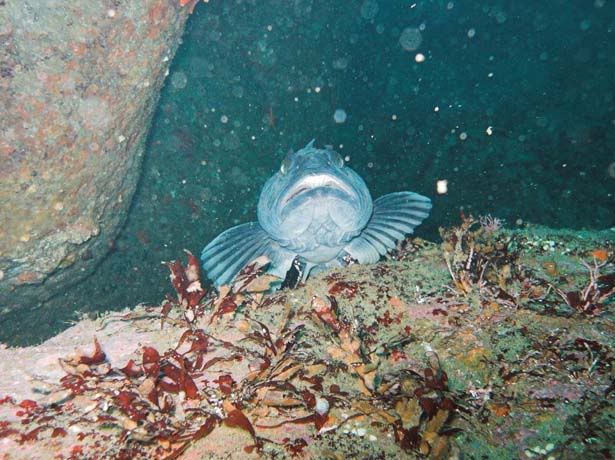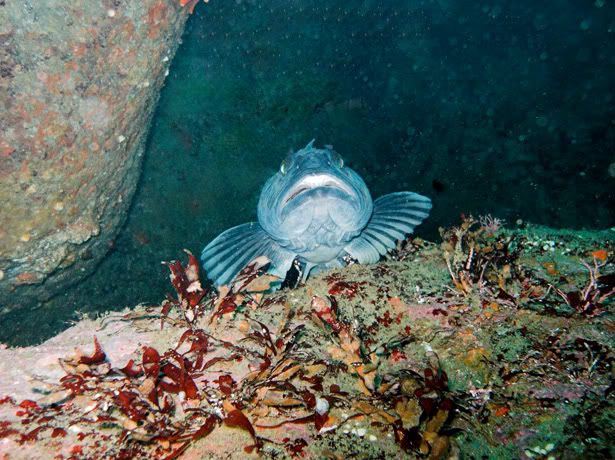RonFrank
Contributor
jonix:learn layers dennis, it's safer to do corrections with it.
True, but another thing to remember is to NOT overlay the original.
In addition, if you are working off of jpg images, every save results in image loss...
Welcome to ScubaBoard, the world's largest scuba diving community. Registration is not required to read the forums, but we encourage you to join. Joining has its benefits and enables you to participate in the discussions.
Benefits of registering include
jonix:learn layers dennis, it's safer to do corrections with it.
RonFrank:True, but another thing to remember is to NOT overlay the original.
In addition, if you are working off of jpg images, every save results in image loss...
Scott Kelby has a series of books with titles like "The Photoshop Elements 3 Book for Digital Photographers", "The Photoshop Elements 4 Book for Digital Photographers", etc.RonFrank:Layers are easy, and essential for using PS effectively. I'm very sure Leesa can give you some basics, but you really need to get a couple books. I have a few at home, but I can not remember what the titles are, and when I tried to find them on Amazon, I got a couple thousand hits!
RonFrank:Hey Dennis,
Layers are easy, and essential for using PS effectively. I'm very sure Leesa can give you some basics, but you really need to get a couple books. I have a few at home, but I can not remember what the titles are, and when I tried to find them on Amazon, I got a couple thousand hits!
I'll post a couple titles when I get home tonight. These things run in the $20 range are are WELL worth the price.
You could also get Mike to get into some more advanced stuff in the BALI class.. you dog you!
YMMV, but I got bumps on my forehead from passing out and my head hitting the table when trying to read most Photoshop manuals and books. OTOH, with the Scott Kelby books you just follow along with the instructions and eventually the lightbulb turns on as you kind of pick it up by osmosis.Diver Dennis:Thanks Charlie. I need to learn this stuff...
Charlie99:YMMV, but I got bumps on my forehead from passing out and my head hitting the table when trying to read most Photoshop manuals and books. OTOH, with the Scott Kelby books you just follow along with the instructions and eventually the lightbulb turns on as you kind of pick it up by osmosis.


